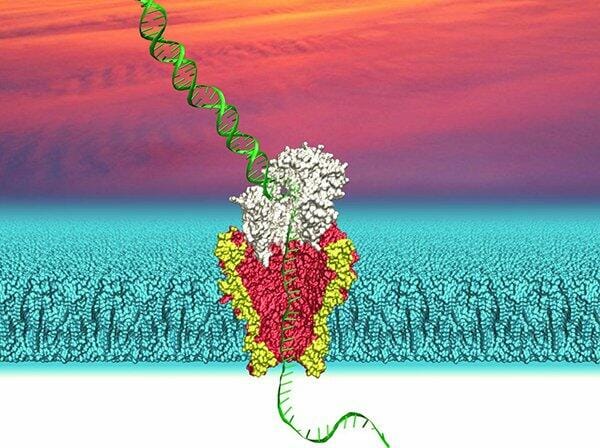A New Technique Makes Nanopore Detection 1000 Times Faster

Researchers from the Imperial College London and the University of Minnesota have developed a technique that accelerates nanopore single-molecule detection 1000 fold. Single-molecule dielectrophoretic trapping, coupled with nanopore sensing, allows detection of molecules even at femtomolar concentrations. The study has been published in the journal Nature Communications.
Single molecule detection and identification can have very positive consequences in genomics and proteomics, especially when applied to healthcare. Instead of analyzing a sample of several molecules and extracting the average information, single molecule techniques examine molecules one by one. Kinetics and dynamics information can be obtained in real time of each molecule. The launch of the MinION has allowed to perform single molecule analysis by nanopore sensing; in this technique, molecules go through a tiny hole and generate a measurable change in electrical current when crossing it. The method has been already used to sequence DNA or identify proteins. Despite being so promising, the nanopore has a fundamental drawback: the access of the bulk sample to the sensor is diffusion-limited. Molecules need to be close to the nanopore to be captured, so tipically only a fraction of the sample reaches the hole. This limitation results also in long experiments. To solve this problem, the researchers at ICL have found a way to attract the molecules to the pore, making the process 1000 times more efficient.
A dielectrophoretic trap captures molecules near the nanopore
The researchers integrated a dielectrophoretic trap at the nanopore opening. An electrically-charged nanopipette pulls the molecules towards the sensor, which is much more efficient than waiting for them to approach it just by diffusion. The trap allows to regulate the volume of sample at which molecules are attracted to the pore, and increases the number of detected molecules per unit time, even at very low concentrations.
The dielectrophoretic trap enhances nanopore sensing sensitivity and single-molecule detection capacity. Rare molecules in very dilute samples will be easier to detect, and this could have important applications when looking for certain epigenetic marks related to cancer.
Source: ICL

